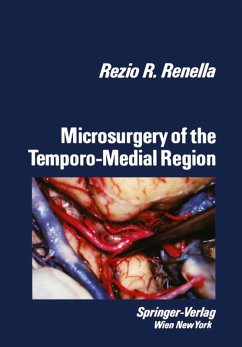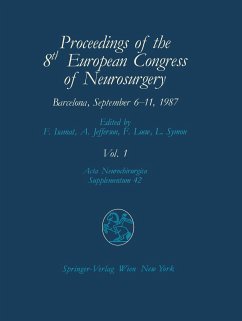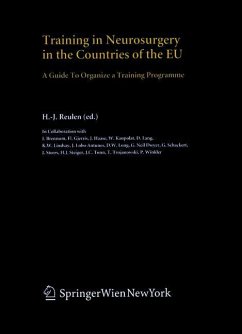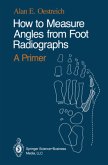Although in the last few years more experience in the field of epilepsy surgery with amygdalo-hippocampectomies was gained in several hos pitals, a detailed microanatomical and microsurgical description meet ing the requirements of the modern neurosurgeon has not been achieved so far. Recently the allocortex - the so-called "limbic system" - has doubtlessly received more attention, as can be gathered from the recently published monography by Duvernoy, which however only considers anatomical points of view. Lately not only epilepsies but also tumorsurgical operations on the border between temporal lobe and basal ganglia can be - thanks to modern MR-examinations - carried out more exactly. Here the tumor-conditioned deformations of the temporo-medial area and its connections with the adjacent basal gang lia as well as their blood supply are of great importance. Using conven tional techniques the postoperative morbidity was especially high until recently. The author has at the suggestion of his teacher G. M. Ya
argil approached the problem first of all morphologically by developing his own techniques of brain dissection. After some developmental and topographic-anatomical descriptions he has described the vessel-supply by using injection-preparations. Particular aspects of A. chorioidea ant. with her lateral, medial and Tractus opticus penetrating perforat ing arteries to the basal ganglia and Capsula into have never been described in such a convincing manner before. It is of great importance in the operative removal of the amygdalo hippocampal area to realize that it is not sufficient to preserve the A.
argil approached the problem first of all morphologically by developing his own techniques of brain dissection. After some developmental and topographic-anatomical descriptions he has described the vessel-supply by using injection-preparations. Particular aspects of A. chorioidea ant. with her lateral, medial and Tractus opticus penetrating perforat ing arteries to the basal ganglia and Capsula into have never been described in such a convincing manner before. It is of great importance in the operative removal of the amygdalo hippocampal area to realize that it is not sufficient to preserve the A.








